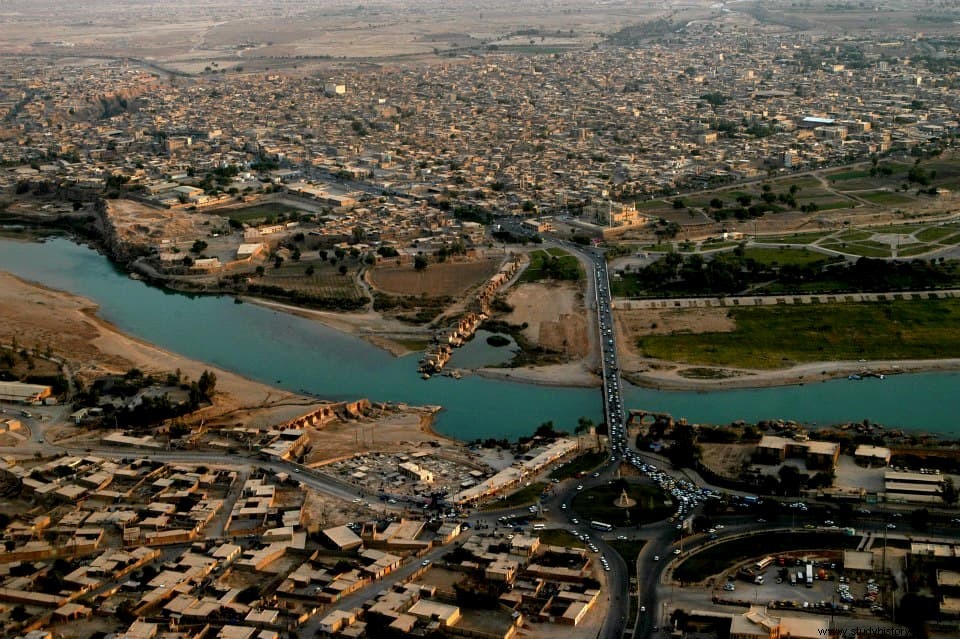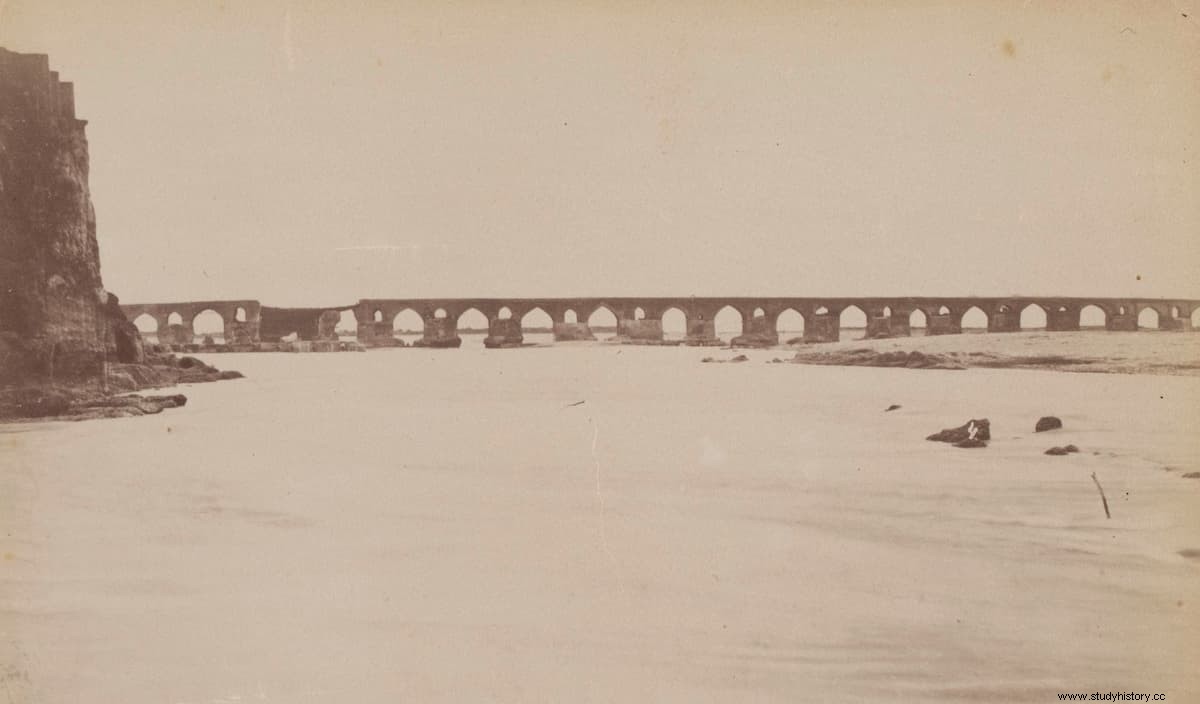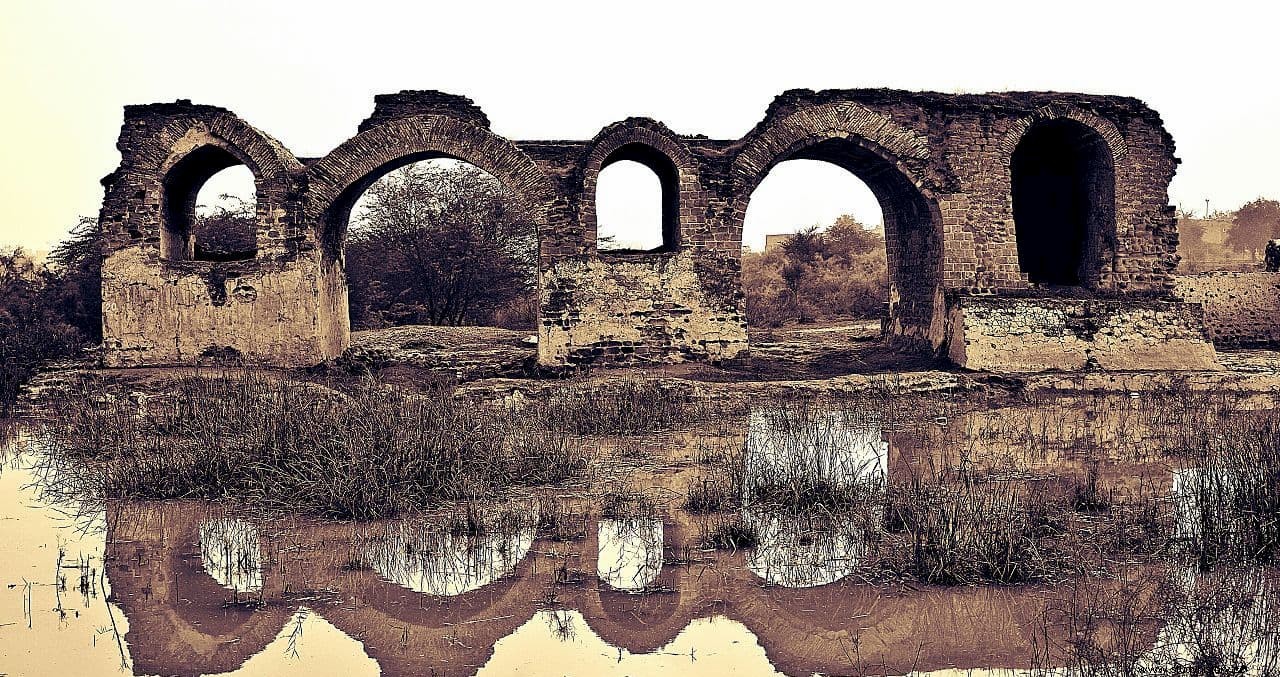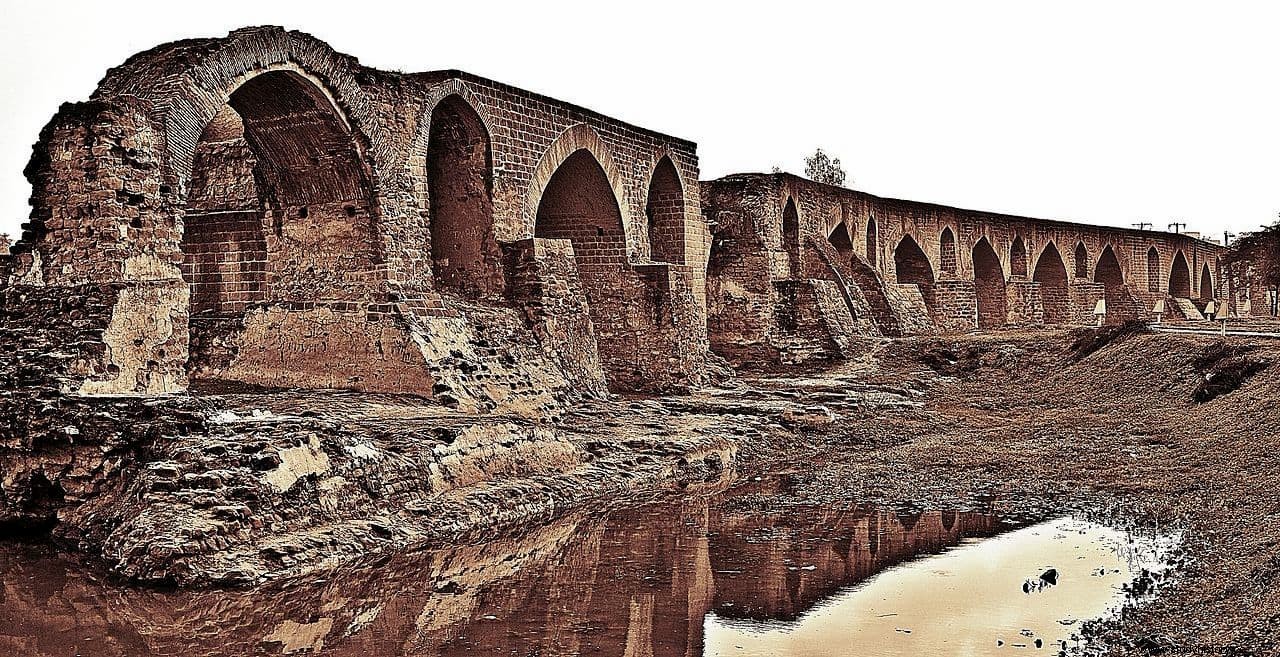In May of the year 260 AD. the Roman legions commanded by the emperor Valerian were facing the army of the Sassanid empire of Sapur I, who had already captured Antioch and were advancing with little opposition through Mesopotamia towards the interior of Anatolia.
The legions had approximately 70,000 troops according to Sassanid inscriptions, which other chroniclers reduce to half or less, while Sapor had between 30,000 and 60,000 men according to George Rawlinson.
The confrontation took place in Edessa (modern Sanliurfa in southeastern Turkey), where the legions were defeated and Emperor Valerian captured. On this fact there is no consensus among the sources.

Some authors indicate that he was actually captured in the battle of Edessa, others that he surrendered voluntarily fearing a mutiny of his own men, others that everything happened in another place, and still others that he perished instead of being taken prisoner.
What they do agree on is that a good number of legionnaires were captured and transferred to Persia, either to Gundeshapur (a city founded by Shapor I himself in the southwest of present-day Iran), or to Bishapur (a little further east of the previous , also founded by Sapor), where historians believe they were used as labor in the construction of both cities.

Very close to these towns Sapur had his summer capital, called Shushtar. The area was an important agricultural center and the Persians wanted to build a series of hydraulic structures, including a bridge and a dam, which would also serve to form a moat around the city, turning it into an island in the middle of the Karún River.
In that work the Muslim historians Al-Tabari and Al-Masudi (9th and 10th centuries) say that Sapur employed the Roman soldiers and engineers he had captured at Edessa, thereby making it the easternmost Roman bridge in the world. The bridge, which spanned 550 meters, was known as Band-e Kaisar, the Caesar's bridge (Today Iranians know it as Shadorvan ).

The upper part of the dam was crossed by a causeway supported by at least forty arches, whose pillars, about 6 meters thick, were rectangular and were protected on their upper side by pointed embankments. The lining of the pillars and the foundations are sandstone blocks cut and joined with mortar and iron clamps, filling the interior with Roman concrete.
It is striking that the arches that supported the roadway on the dam wall are pointed instead of semicircular, as the Romans used to build. This is because the bridge has been repaired and rebuilt many times throughout history, and those arches are from the Muslim era.

However, the general Roman structure was maintained and the bridge and dam continued to be used until the 19th century. In fact, the integration of the bridge into the structure of the dam became a common practice in Iranian hydraulic engineering until about 1000 AD. Today the central part of the structure has disappeared under the waters of the river.
